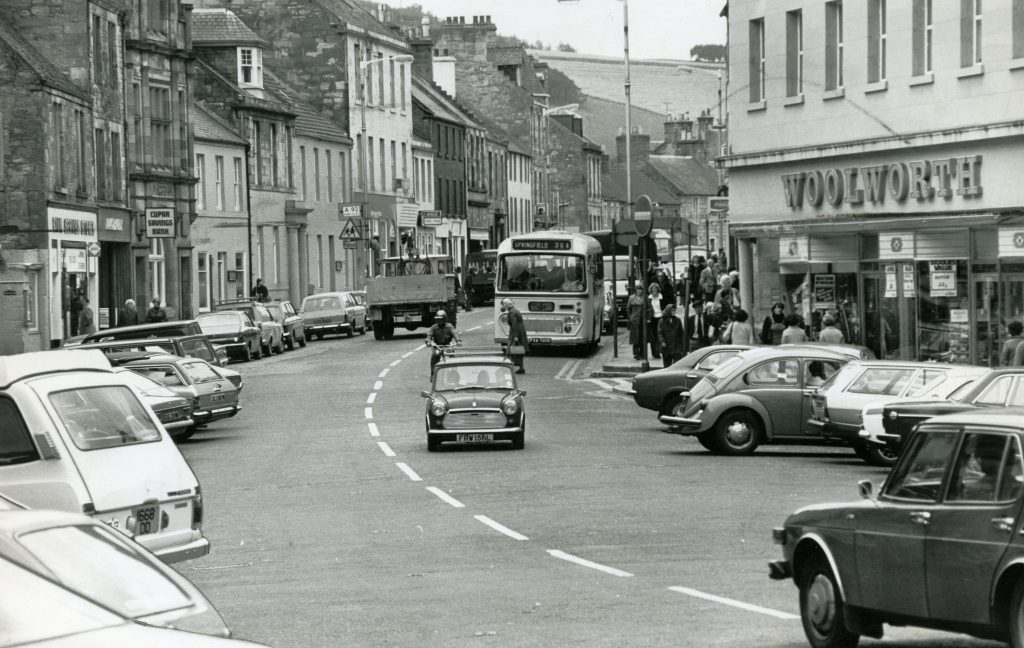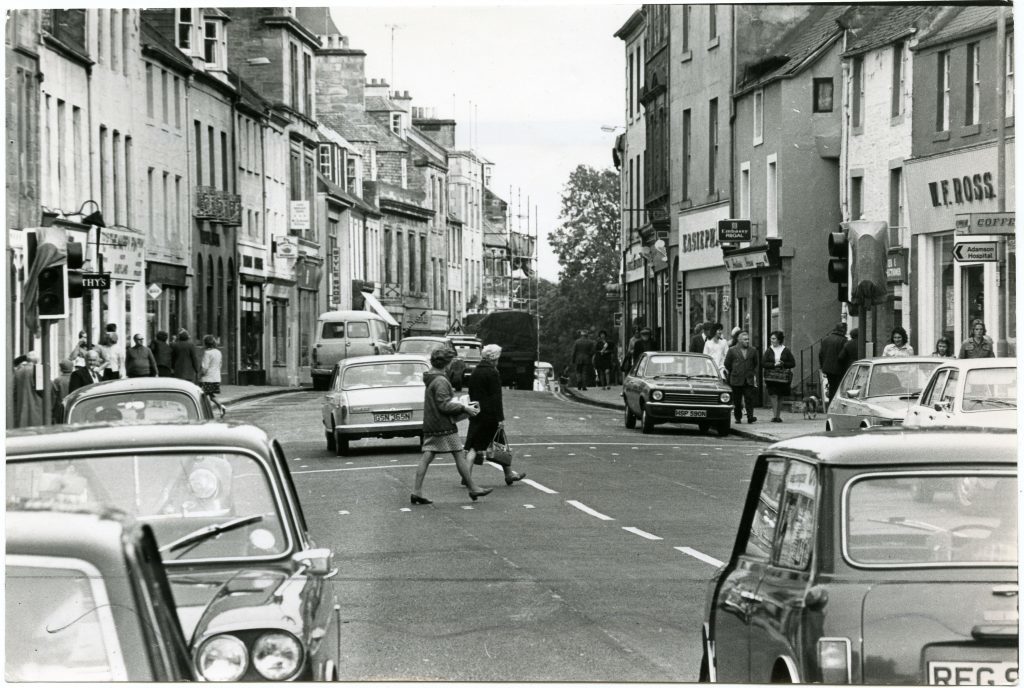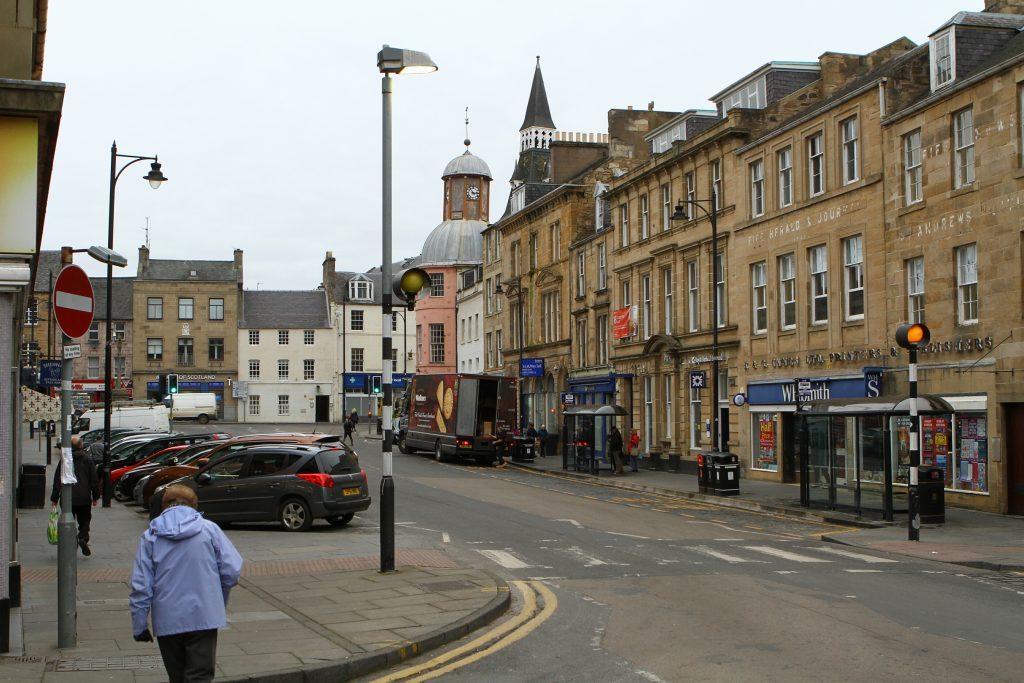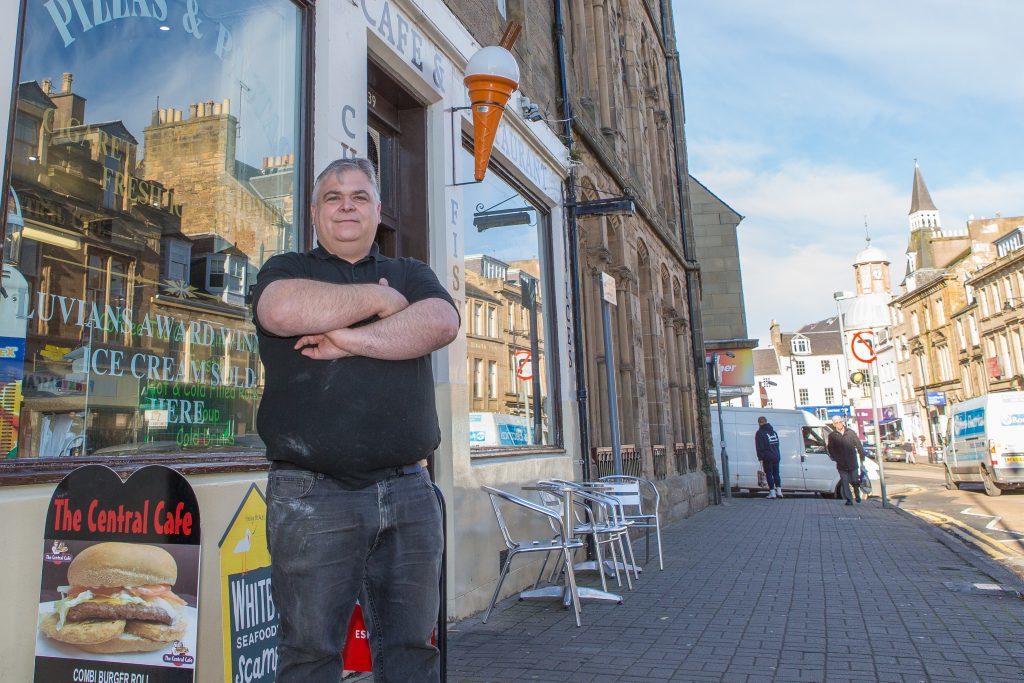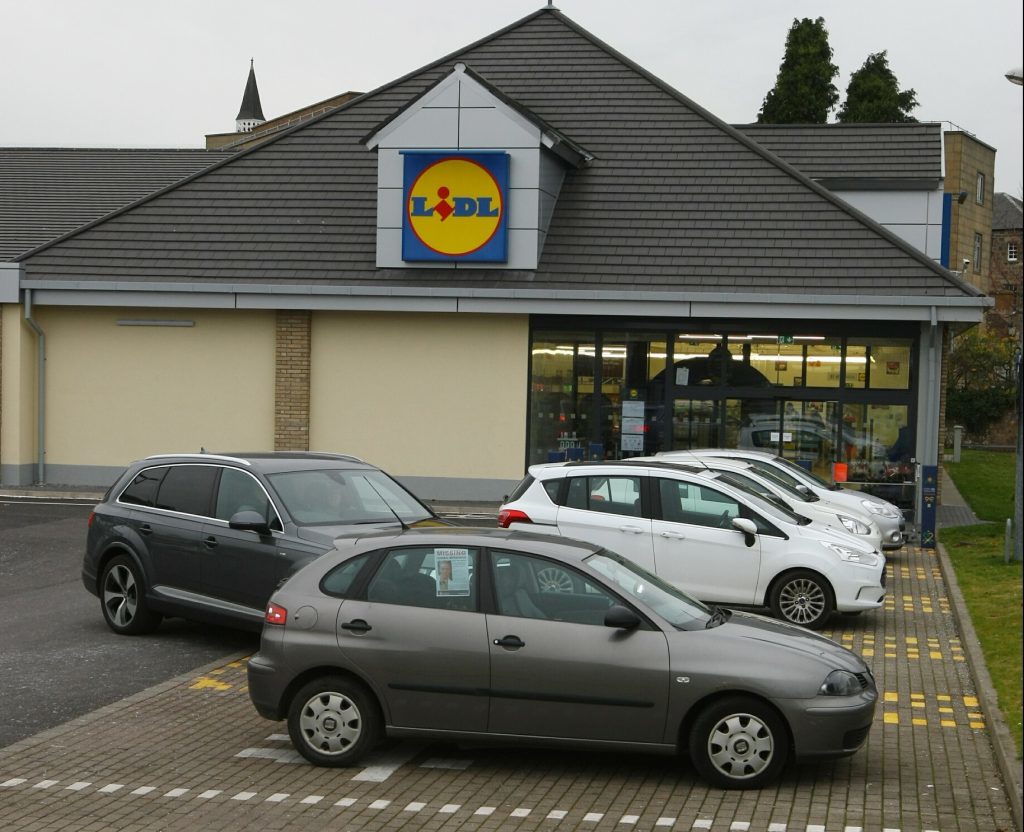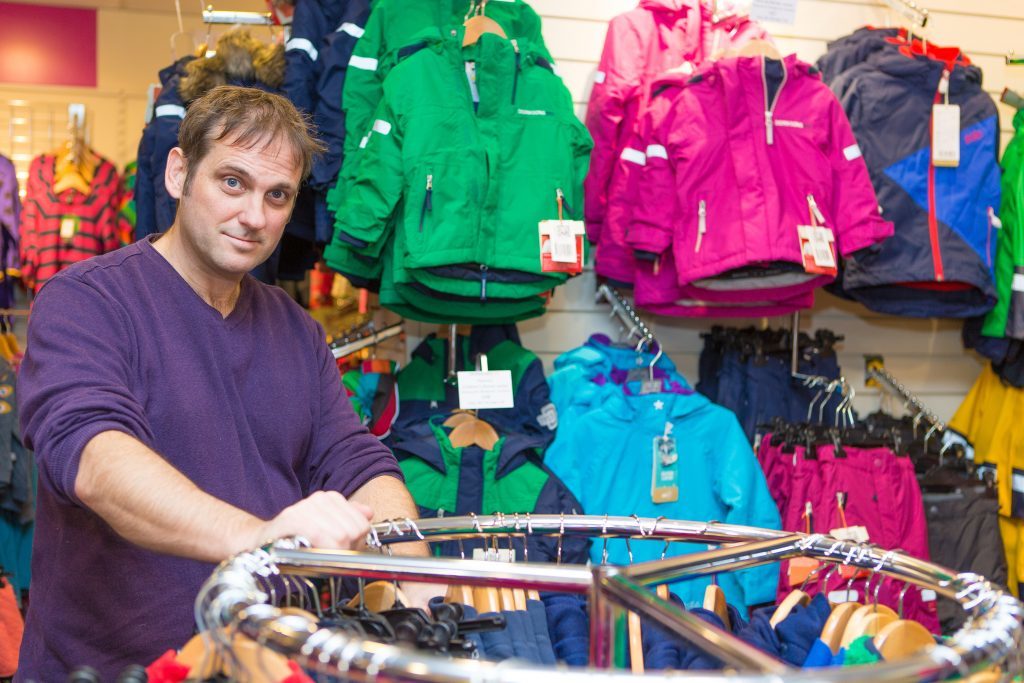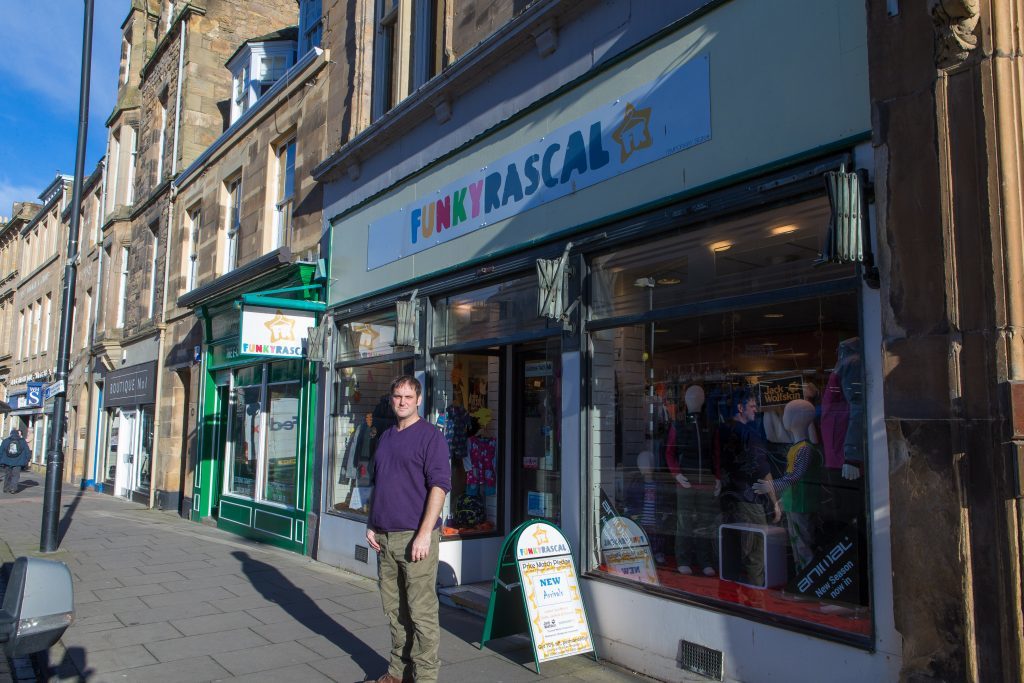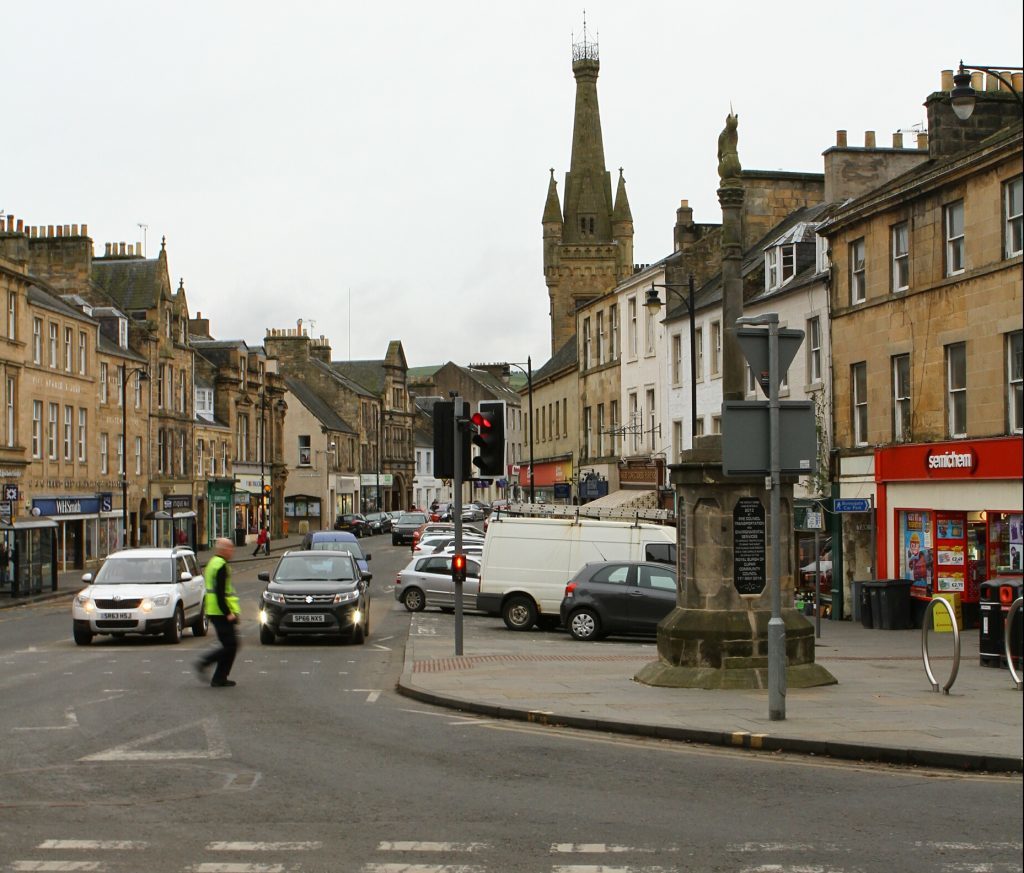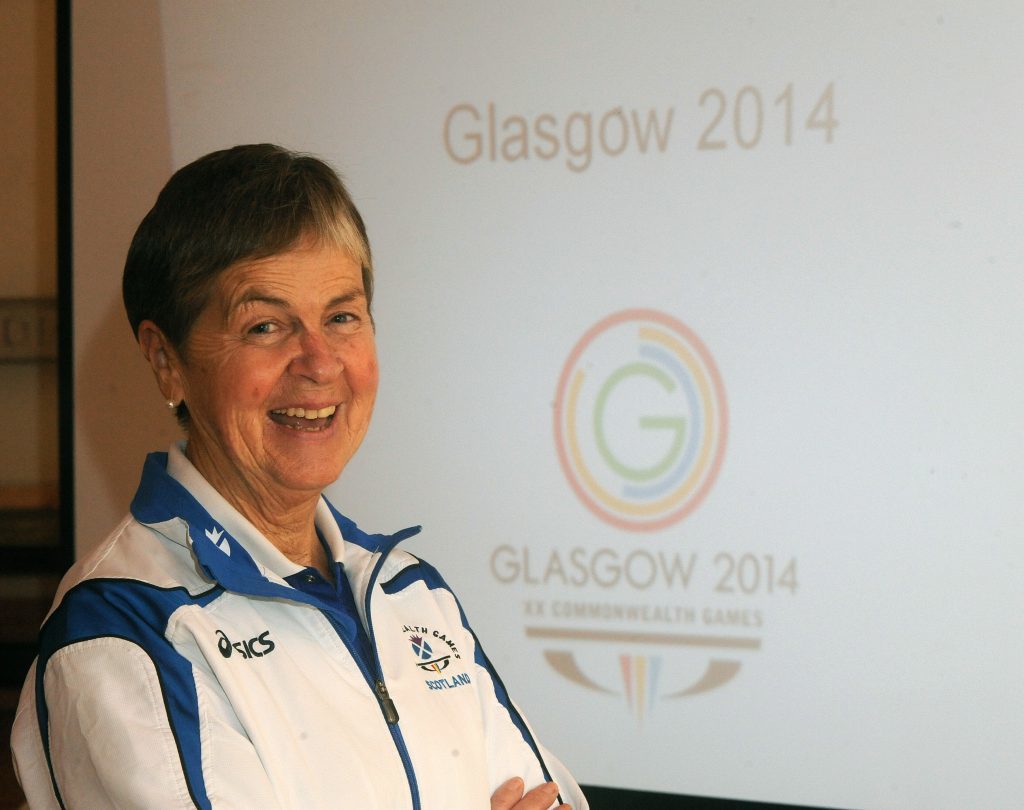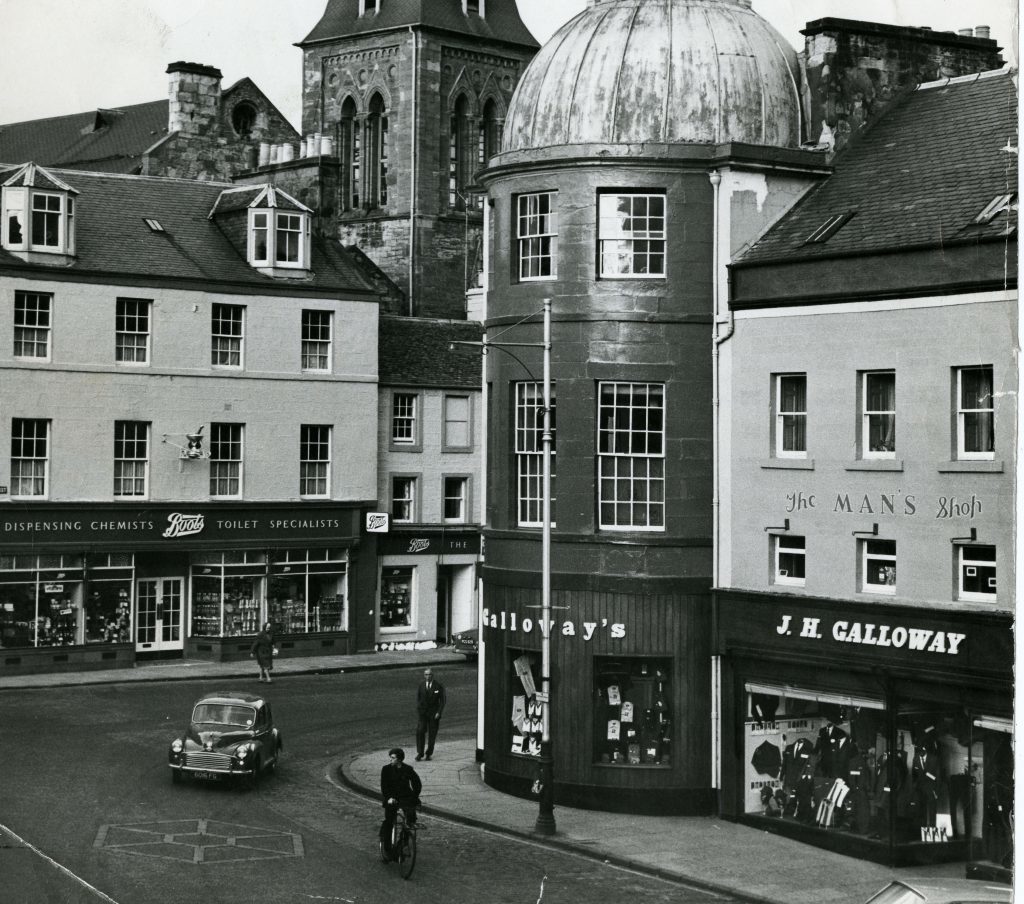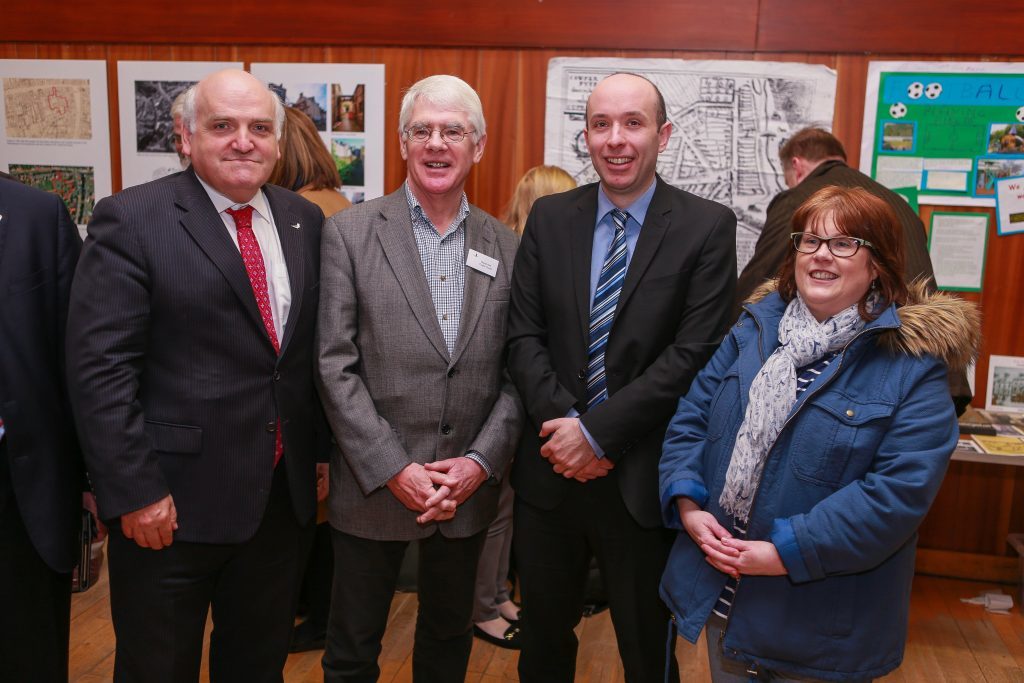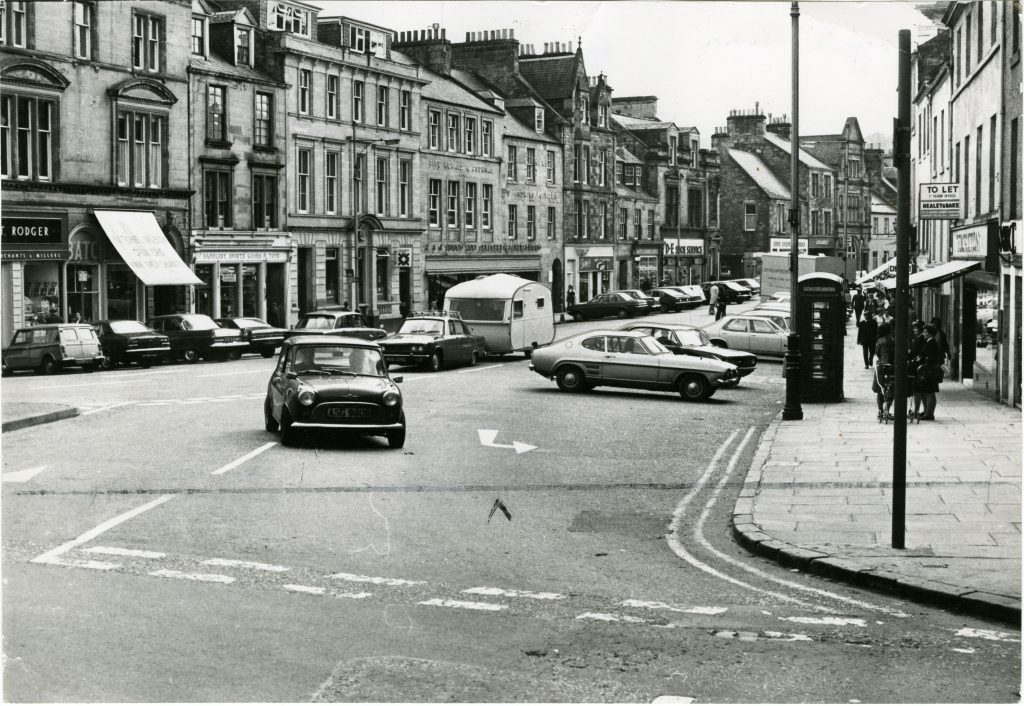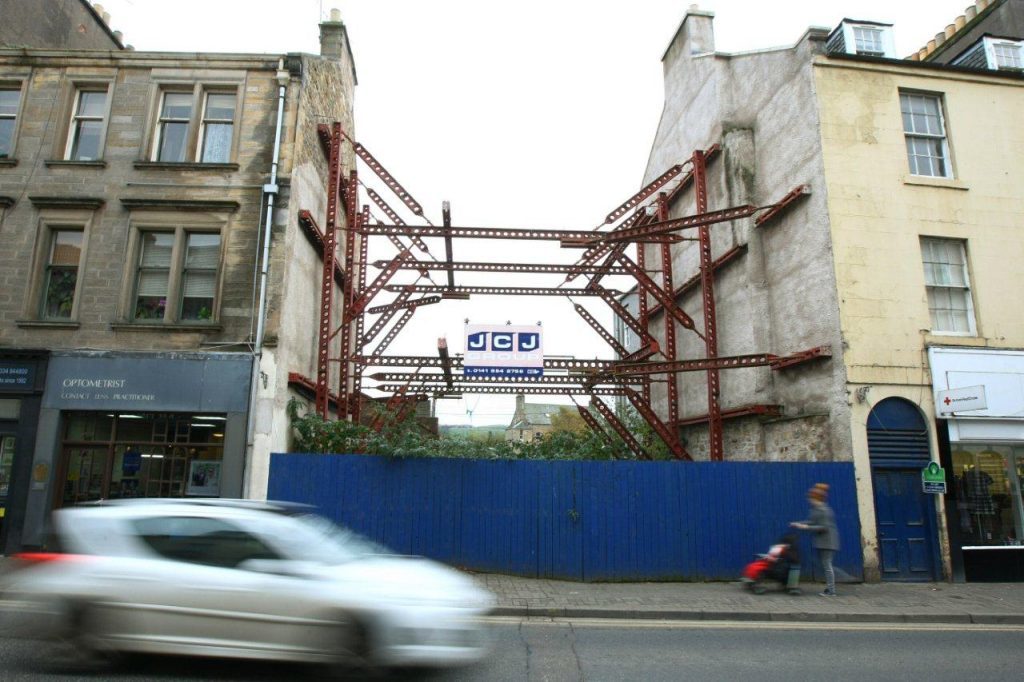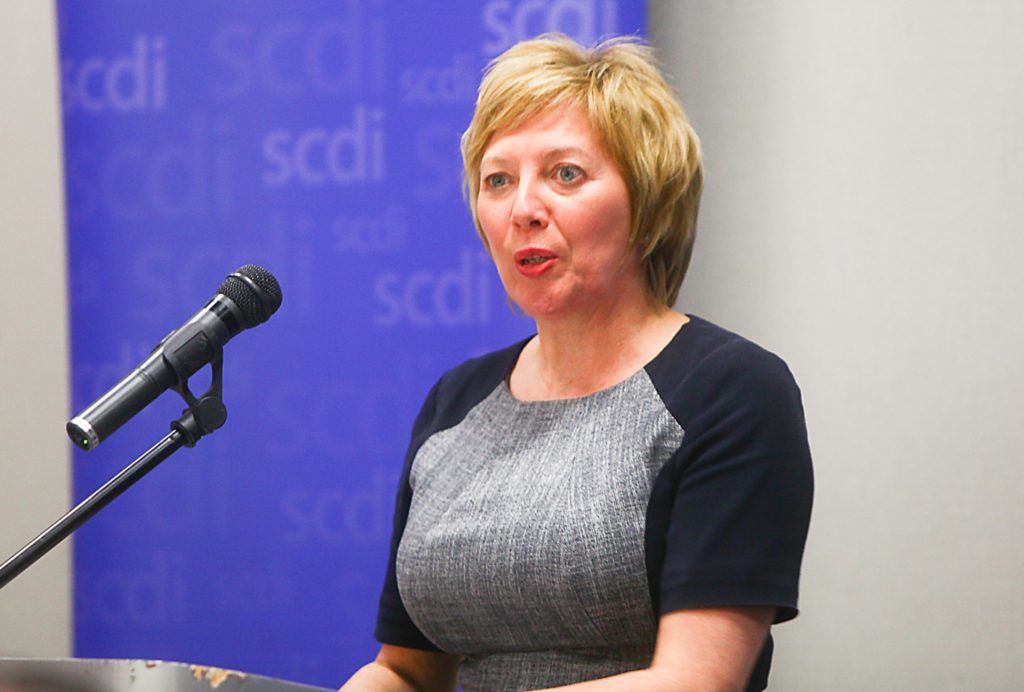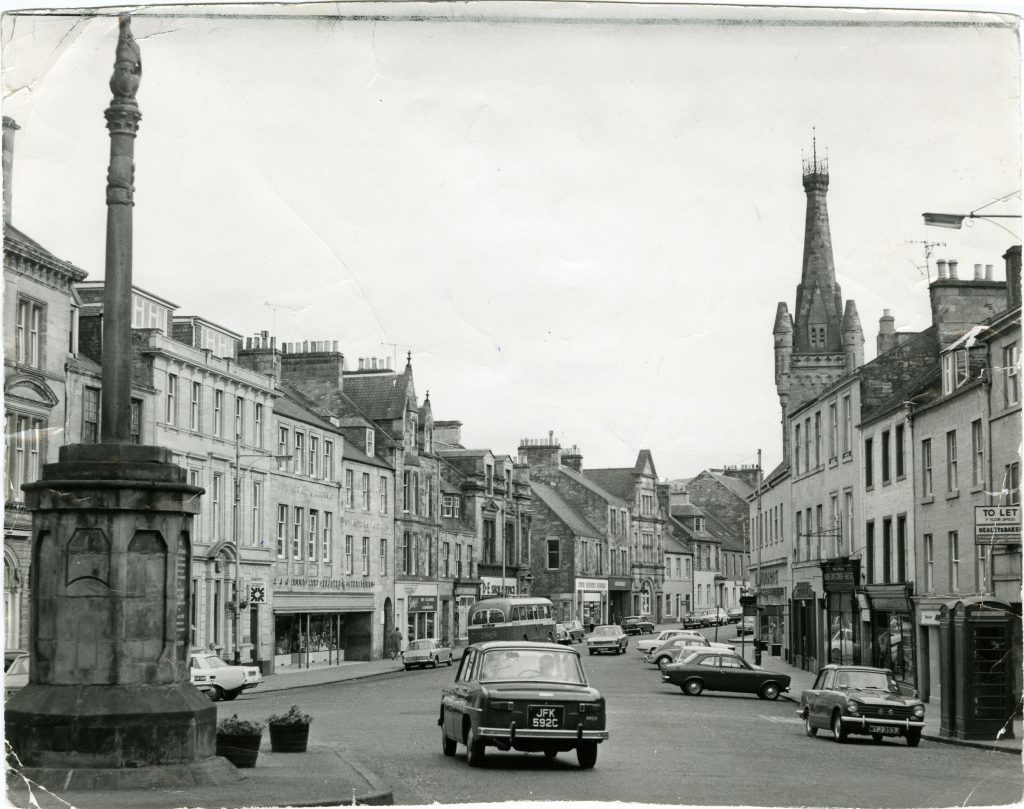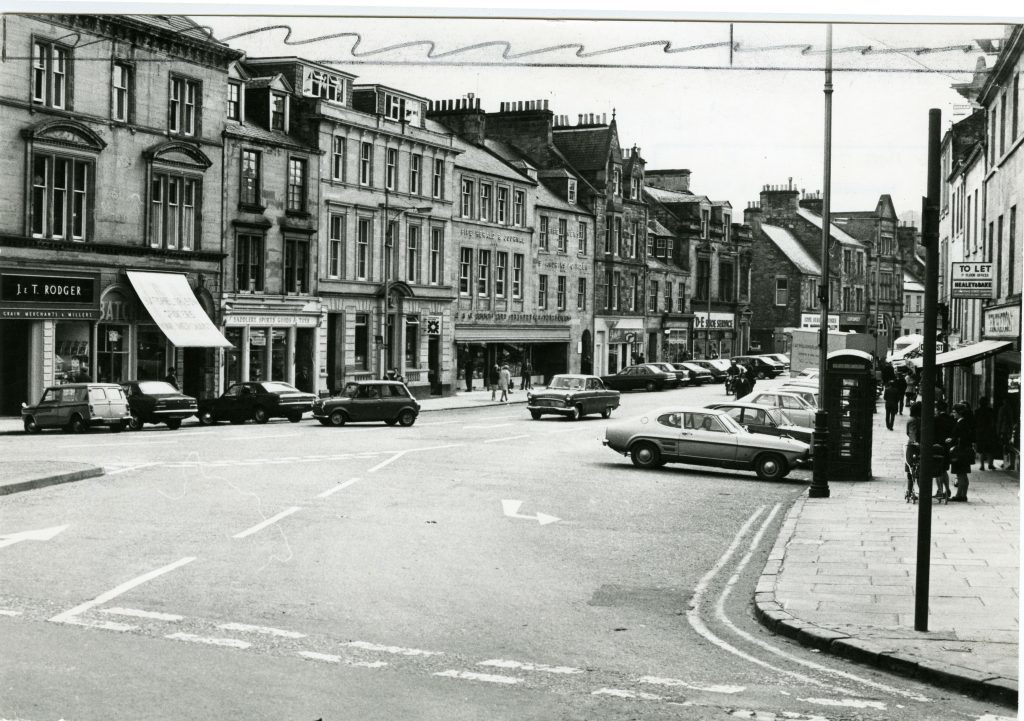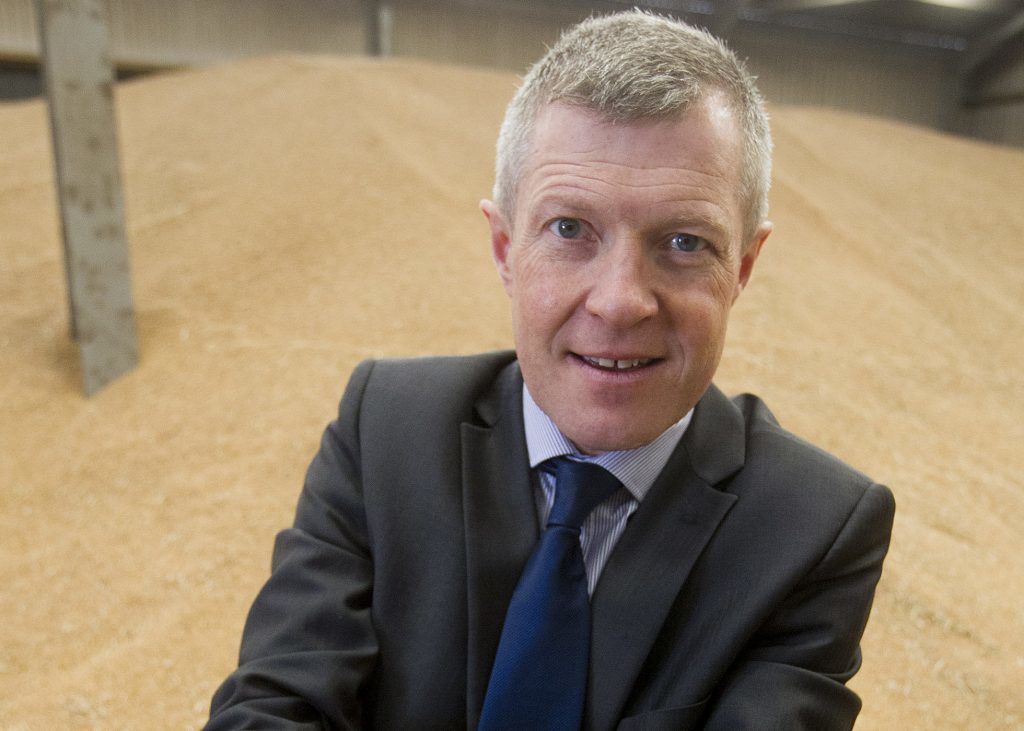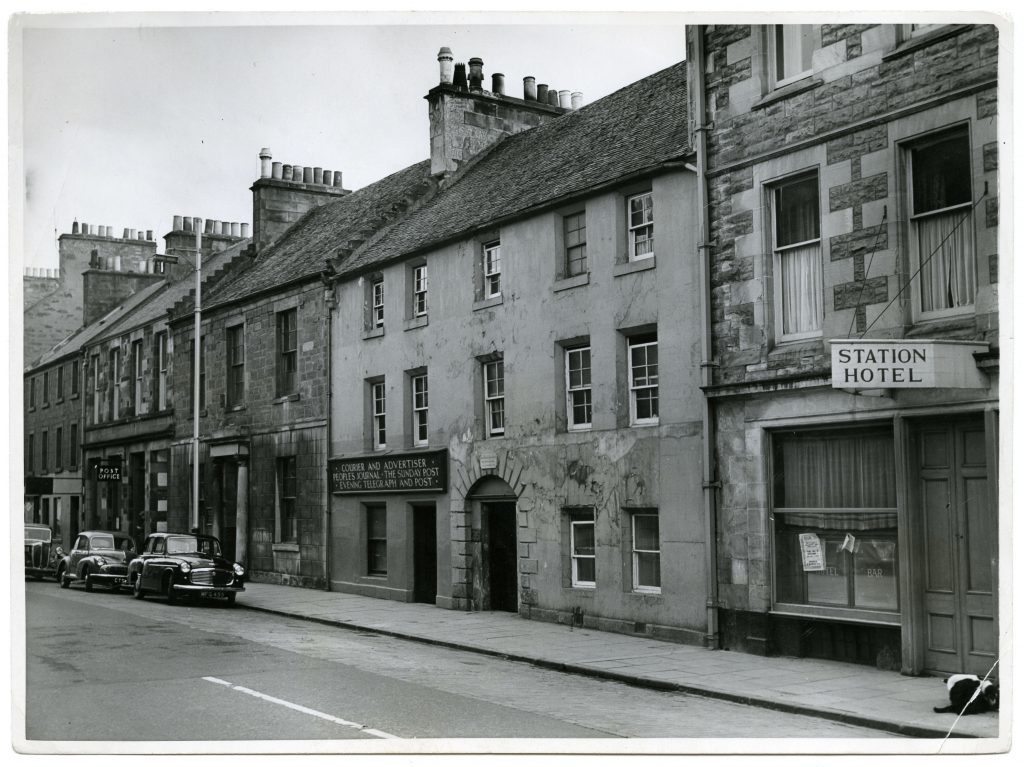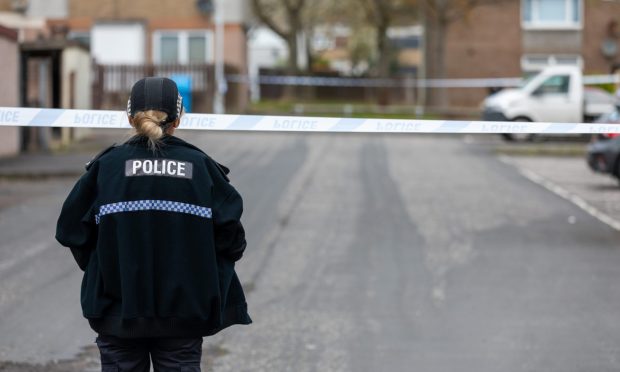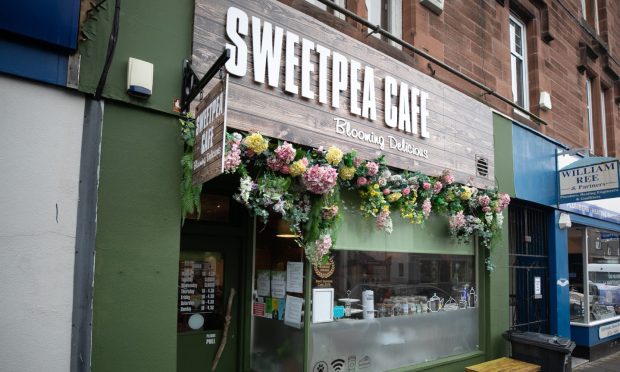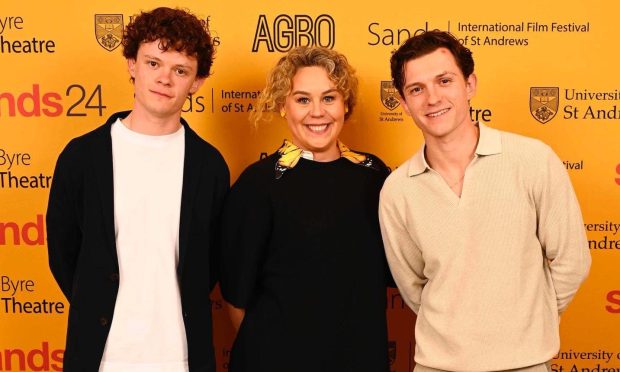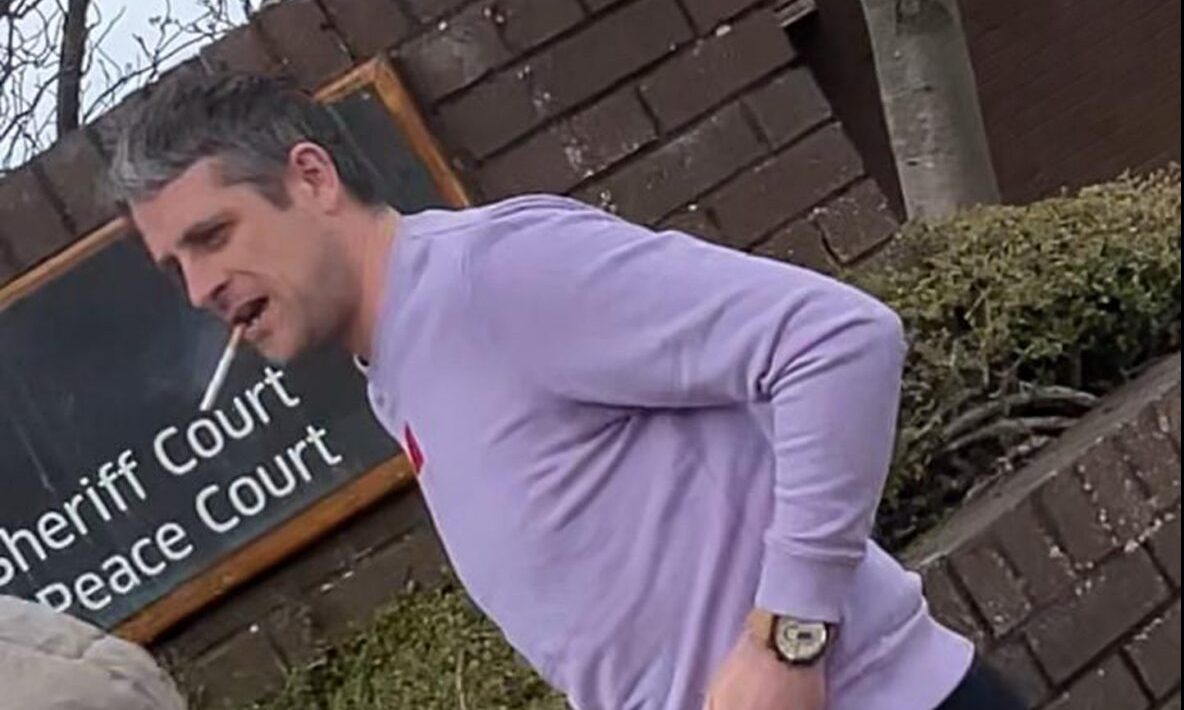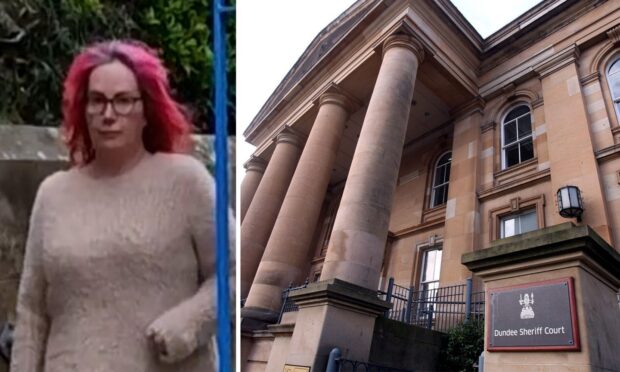In the second of a five-part series looking at the changing face of Courier Country High Streets, Michael Alexander speaks to businesses in Cupar, the former county town of Fife.
The fashions are a little dated, the vehicles long defunct and the names above the shop doors different but what is most striking about the old photographs of Cupar town centre from the 1960s and early 1970s is the abundance of local shoppers.
Modern-day Cupar remains busy – on the surface – faring well despite the loss of Fife county town status in 1975 and subsequent seismic changes including the closure of the cattle market (now Lidl), Woolworths store (now Poundstretcher) and sheriff court.
Yes, traffic levels have proved controversial but the town centre is still home to a variety of independent shops just waiting to be discovered.
Yet Cupar town centre is in “survival” mode, say independent businesses and community leaders, as more people shop online, and travel to out of town retail parks in places like Edinburgh, Dundee or Kirkcaldy. It’s a familiar story across the country.
Third generation Italian fish and chip shop owner Paul Caira, 51, has been proprietor of the Central Café in Crossgate since 1989, and has tried to move with the times. Customers can even now order fish suppers online.
But he believes Cupar town centre is struggling with an imbalance of estate agents, charity shops and hairdressers.
He says: “I’ve seen a lot of changes in 30 years and most have not been for the good of the town centre.”
He blames changes to the traffic flow in Crossgate a number of years ago when the street was made one-way.
“There was a lot of disruption at the time,” he adds.
“I think a lot of folk stopped coming into the town and I think it’s gone on and on and on.”
But he is also concerned about the potential impact of more retail units being developed next to Tesco on the old Reekie garage site at South Road.
He fears this will encourage yet more people to shop away from the town centre with an “inevitable” impact on town centre stores.
-
Read more on Our Changing High Streets here
He says: “Governments and councils need to help town centres. Are they just going to nail it up and have all these empty shops lying about?”
Across the road from the cafe, another retailer feeling downbeat but fighting back is Graeme Black, 44.
For six years, the former marketing executive for two large American companies has been running the quality clothing store Funky Rascal in Crossgate with his wife Anne.
Compared with some towns the father-of-two believes Cupar does quite well for independent shops.
But in his view Cupar town centre is “surviving – but not thriving”.
He says: “There are a number of reasons.
“Pressure from the internet, pressure from large national retailers, changing attitudes in society to how people attach themselves to their town and what their town means to them, a greater reliance on convenience, a feeling that ‘I’m too busy, I don’t have time for this, so I’ll just get it all at Tesco, Aldi, Lidl or whatever’, a loss of connection of where people live.
“That’s not just a Cupar thing. It’s everywhere!”
Mr Black, a member of ABCD (Association of Businesses in Cupar and District), believes the key for Cupar is to make it a “destination”.
“One of Cupar’s problems,” he says: “is that it’s not St Andrews and yet it’s close enough to be completely in its shadow.”
But he believes retailers need to pull together more to promote themselves and the collective interests of the town in the face of change.
He has tried to get local businesses interested in Totally Locally and My High Street – an online platform that brings business together in a ‘virtual high street’.
But he says he has “not had a great deal of success” because, he claims, there was a “lack of willingness amongst other retailers on a scale to make it work.”
Mr Black says many potential customers assume Cupar doesn’t sell certain items locally.
He says parking can be “chaotic” and he reckons there’s a “50:50” split amongst retailers on the merits of potential pedestrianisation.
But a potentially far greater threat to his business, he says, is Brexit. With most of his stock imported from the EU, Mr Black is experimenting with the possibility of basing all his stock with Amazon in Germany to avoid potential tariffs and currency fluctuations.
“It’s a problem for businesses as big as Nissan and as small as us, but I don’t see anyone coming to bail us out!” he adds.
Cupar Community Council chairman Gina Logan says it has “almost become fashionable to talk down our town centres”.
But thanks to the resilience of businesses and the support they get from customers, Cupar still has a wide variety of shops and offices, she says.
“They have survived the changes in shopping patterns and the disruption to trade that road closures have brought and they are still in business,”she adds.
“However there are several ways we can bring more business into the centre of Cupar and make it more sustainable.
“I would like to see more house building within Cupar where there are currently a large number of brown field sites.
“I can think of a dozen empty sites which could be developed into houses and offices. If we do that, with more people living in the centre of town, we will help revitalise the town centre.
“There is also no doubt that business rates are a major deterrent and Government should look at easing the tax burden on those shops and businesses that help keep our civic centres alive.”
David Kirk, 69, a retired head of town and regional planning at Dundee University, says there’s no doubt Cupar town centre is a “survival story” at the moment.
He recently resigned from Cupar Community Council to pursue his role as chairman of another newly formed voluntary organisation, the Cupar Development Trust.
However, he points to a great deal of work taking place to make improvements, and believes ways need to be found to make town centre businesses more “enterprising and outgoing” with a focus not just on local but also wider, perhaps online, markets.
“There’s no point saying ‘wouldn’t it be nice to have the butcher, the baker the candlestick maker back again’,” says Mr Kirk, who has lived in Cupar for 25 years.
“Fortunately we’ve still got them here. But we actually need the kind of businesses you need, not for everyday things, but something special.
“We are beginning to see some more of those businesses in Cupar because the property is relatively cheap and you can make a go of it.
“But we need more of them and related to that we need street improvements. “One of the big things you need in Cupar is more pavement space to make it more pedestrian friendly.
“With uncertainty over the timescale of the Cupar North development (and its proposals for 1500 houses), we also need clarity on the relief road, which I think road should go in early to take heavy traffic away from the centre.”
Cupar Development Trust aims to take an active approach to the regeneration of the historic town centre – including help to revitalise the businesses and economy and to think actively about the town centre’s social purposes for the community.
Above all it aims to tackle the problem of the deteriorating built condition of the town centre. For example, the notorious Bonnygate ‘gap site’ – created by the demolition of an unsafe building several years ago – derelict property and lack of property maintenance.
The trust ran a charrette in the spring which aimed to engage with businesses, local folk, community organisations and Fife Council to think about where town centre regeneration has got to and what issues remain to be tackled.
A key longer term proposal to emerge was a £7 million proposition for a major redevelopment on an extensive derelict site behind Crossgate.
Councillor Lesley Laird, deputy leader and executive spokesperson for economy and planning with Fife Council, is full of praise for the efforts being made to revitalise Cupar.
However there were so many “big questions” facing Fife’s 32 town centres, she says.
“If there was a simple answer – a magic bullet – everyone would be doing it,” she adds.
“For me there’s always the question – how did we get here?
“The whole way people live and work now is different.
“People might have cash to spend but be time poor. But it also has to be recognised that the internet does open up possibilities. With something like £1 in four spent online, town centres have a real challenge on their hands in terms of how and why people should shop there.
“But add to that the fact Fife has 32 town centres, often competing in close proximity.”
Councillor Laird highlighted the £1 million investment made in each of Dunfermline, Leven and Kirkcaldy town centres with investment also for Glenrothes.
Studies, she says, showed that shoppers were often looking at the whole “experience” of going to town.
Cupar Development Trust, she said, was therefore “on the right lines” when it talked about making best use of Cupar’s assets. For example, a Cupar Heritage Trail is being launched to encourage more people to visit and spend a day in town.
“It’s about finding that USP,”she says.
But important work was already taking place in Cupar through the CARS (Conservation Area Regeneration Scheme) project and the Heritage Lottery Fund’s Townscape Heritage Iniatiative (THI) scheme – giving grants to private owners of heritage property – and also through the creation of more affordable housing in the town.
She also suggested the rates system was “flawed” and merited a review. For example, did it make sense for the council to subsidise charity shops to the tune of £9 million? Was this a disincentive to other shops?
North East Fife MSP Willie Rennie, whose Lib Dem party office recently moved out of the town centre to the Granary Business Park at Coal Road, has experienced many changes in Cupar town centre but believes it still has so much going for it.
He grew up a few miles away in Strathmiglo but has fond memories of Batchelors the grocers which used to be in Cupar Crossgate.
His late grandfather, also called Willie, was the shop’s delivery driver and used to go out to all the farms in the Cupar area in the 1940s and ‘50s.
Setting up on his own, he took over the grocers from a Polish family in Strathmiglo and set up the Rennies family grocers’ business there, where young Willie used to help out as a teenager after his dad took over.
“Cupar has so much going for it. It has changed dramatically over the years yet it is still an attractive centre with a lot to offer,” said the Scottish Lib Dem leader who turned down the chance to take over the family shops to enter politics.
“From the specialist clothing shops to the quality gift stores through to the excellent restaurants tucked away up the closes it is an attractive centre.
“Of course it has lost much. Cupar has transitioned from being the county town with all the jobs that function brought. The loss of the council has and latterly the sheriff court has forced the town to change.
“Supermarkets in the edge of the town pose a threat and an opportunity. They are a threat to those in direct competition but an opportunity as the spill over footfall lands in the centre.
“However, it is an attractive town centre in a pleasant setting and with the determination of local business owners and community leaders will offer a lot for years to come.”
North East Fife MP Stephen Gethins, who recently supported Small Business Saturday and who has an office in Bonnygate, said Cupar was “very fortunate” to have a number of independently owned small businesses which make the former market town an attractive place to live, shop and visit.
